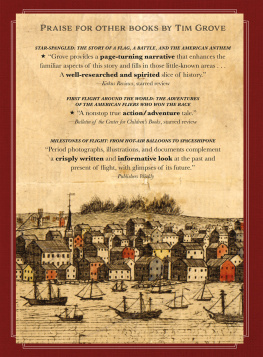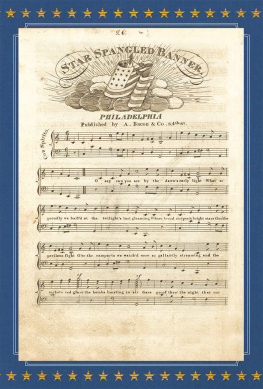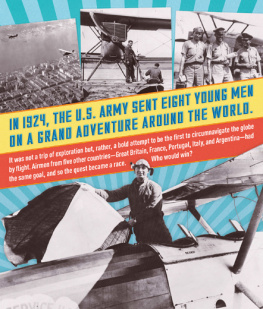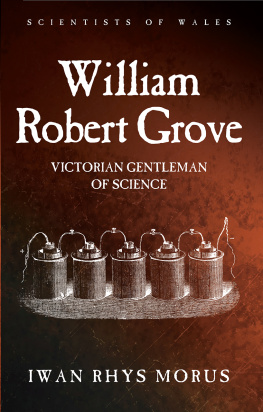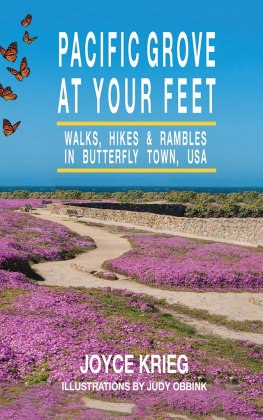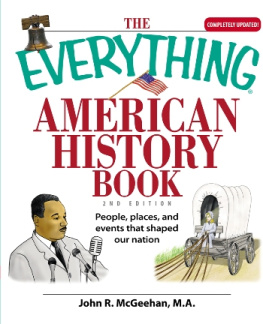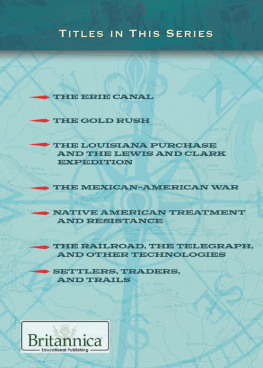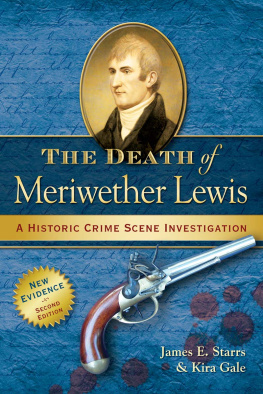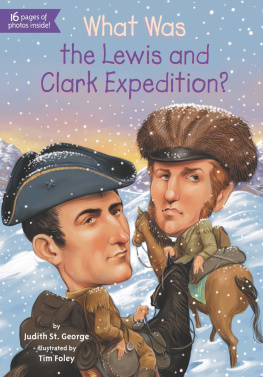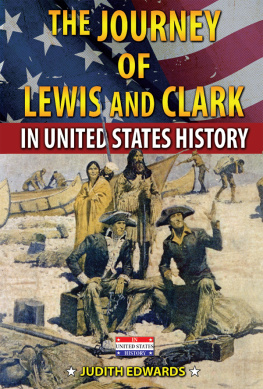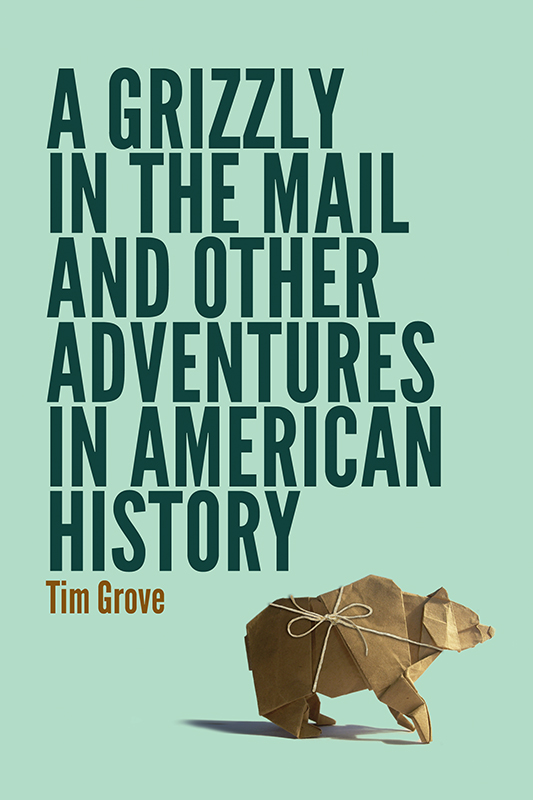
Tim Grove has combined a thought-provoking and entertaining memoir with an insiders guide to behind-the-scenes history.
Libby H. OConnell, chief historian, History Channel
I guarantee that whether you are a history buff, a history scholar, or an I hate history Scrooge, you will love this book.
Robert K. Sutton, chief historian, National Park Service
Hands-on learning is what history museums do best. Tims adventures of providing fun educational experiences are engaging and inspirational.
Cathy Gorn, executive director, National History Day
A Grizzly in the Mail and Other Adventures in American History
A Grizzly in the Mail and Other Adventures in American History
Tim Grove
University of Nebraska Press | Lincoln and London
2014 by Tim Grove
Cover image courtesy Dylan Weismann
All illustrations by Michael Lowery by Michael Lowery
All rights reserved
Library of Congress Cataloging-in-Publication Data
Grove, Tim, 1967
A grizzly in the mail and other adventures in American history / Tim Grove.
pages cm
Includes bibliographical references.
ISBN 978-0-8032-4972-1 (pbk.: alk. paper) ISBN 978-0-8032-5405-3 (epub) ISBN 978-0-8032-5406-0 (mobi) ISBN 978-0-8032-5404-6 (pdf)
1. United StatesHistoryAnecdotes. 2. United StatesBiographyAnecdotes. I. Title.
E 179. G 84 2014
973dc23
2013039704
The publisher does not have any control over and does not assume any responsibility for author or third-party websites or their content.
For my parents
Remember the days of old; consider the generations long past. Ask your father and he will tell you, your elders, and they will explain to you.
Deuteronomy 32:7
Contents
Introduction
History is not about dates and quotes and obscure provisos. History is about life, about change, about consequences, cause and effect. Its about the mystery of human nature, the mystery of time, and it isnt just about politics and the military and social issues, which is almost always the way its taught. Its about music and poetry and drama and science and medicine and money and love.
David McCullough
My friend Siobhan says history is gossip on a grand scale. John F. Kennedy wrote that history is an end in itself. It fulfills a deep human need for understanding; the satisfaction it provides requires no further justification. Ive found that people either proclaim they love history or hate it. History enthusiasts consider the study of history endlessly fascinating while others find it deadly dull. Some people stand on a historic battlefield and see only a grassy field while others see military strategy and the chaos of war. What are the components that make history engaging and compelling? What does it mean to experience history?
For over twenty years my goal has been to help history haters change their minds. I have managed to mold my passion for history into a profession pursuing intriguing stories from the past and sharing them with millions of people.
What do riding a high wheel bicycle, ginning cotton, harnessing a mule, pursuing buffalo, finding an Amishman, flying over the Hell Stretch, dancing a Native dance, and tracking down a grizzly have in common? Ive undertaken these tasks in part because of work projects, but mostly for the sheer love of history. My eclectic adventures have given me insight into the breadth of American history and its intrigues. Now I can really understand the impact of the so-called safety bicycles invention because I have tried to ride its predecessor, the high wheeler. History should be about active pursuit.
When I first sat down at my desk in the restored James Anderson House at Colonial Williamsburg one summer as a determined graduate intern, I embarked on a history career that would take me on a rewarding journey behind the scenes at the most popular history museums in America.
This book chronicles my personal pilgrimage into the past, a journey that I havent yet completed. The chapters follow my career beginning with a graduate internship at Colonial Williamsburg, one of the nations largest outdoor history sites. Williamsburg is a carefully cultivated immersive environment that sweeps visitors into another time. Its a place that inspired my love of history and challenged me to consider what it means to experience the past. The Smithsonians National Portrait Gallery, where I presented student programs, provided an excellent foundation for a budding historian. In its corridors of faces I began to see the necessity of thinking about the past from multiple perspectives. At the Smithsonians National Museum of American History I delved into historical research, looking at primary sources and actively engaging with the past. I touched history with my bare hands and enjoyed every moment. In a three-year stint at the Missouri Historical Society I developed a national traveling exhibition and gained valuable insight into other cultures. My travels out west opened my eyes to the power of place. At the Smithsonians National Air and Space Museum I learned how to humanize the past and to make historical topics engaging and compelling.
The stories and reflections in this book show that history is not the boring subject of a childhood classroom but a rich and profound exploration of the tapestry of life. We can understand ourselves better when we start to make sense of those who came before us, the challenges they faced, and the decisions they made. In these pages you will meet both famous and unfamiliar characters from the past and gain new understandings of a variety of historical subjects, like the cotton gin and the Star-Spangled Banner. By following along on my historical encounters I hope you will either find a renewed interest in the past or realize that history is indeed anything but boring.
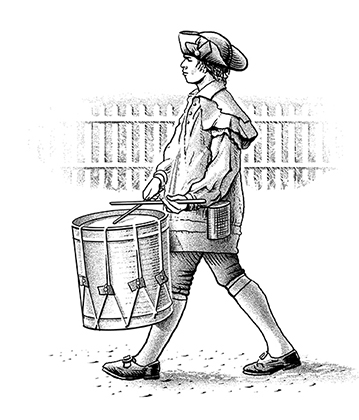
Why History?
A morsel of genuine history is a thing so rare as to be always valuable.
Thomas Jefferson to John Adams, 1817
One typically hot summer day in Williamsburg, Virginia, I noticed a crowd of people gathering on the lawn of the Governors Palace. Their darting glances and excited chatter hinted at something great about to happen. Eavesdropping on various conversations, I quickly learned that His Excellency Governor Thomas Jefferson was scheduled to arrive at any moment to address the assembly.
Sure enough, the governor soon appeared in a dark suit with white silk stockings, red hair pulled back in a queue. He stepped to the podium and gave a brief address, providing details about the seat of governments move to Richmond and an update on the progress of the war. He then graciously offered to answer questions.
Some audience members asked prepared questions related to the governors talk, while others seized the opportunity to inquire about more personal topics. At times the governor seemed unclear about a question, alternating between caution and confidence. Typical of most politicians, he provided carefully worded responses that only sometimes held an answer. But he maintained a dignity that one would expect. After a dozen or so questions, his aides signaled it was time to end. He bid adieu and walked back into the Palace.
This innovative program brought about by twentieth-century historians was an experiment, an attempt to provoke deeper thinking. A departure from Colonial Williamsburgs usual re-creation of historical events, it sought to take visitors back to the eighteenth century along with some familiar, modern-day constructs. In other words, the press conferencecommon today, but unheard of in the 1700screatively merged the two time periods for the benefit of todays audience.
Next page

